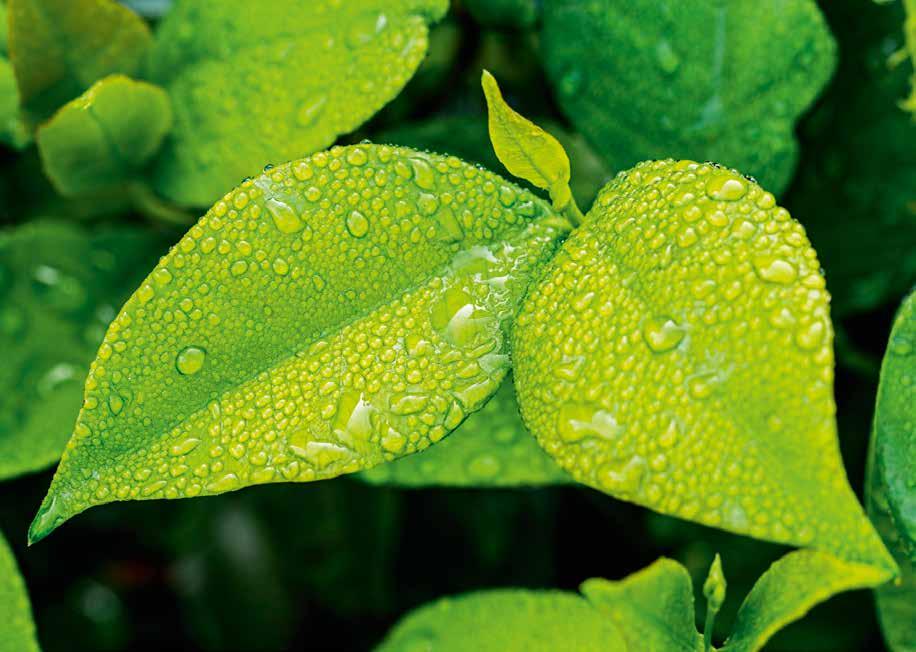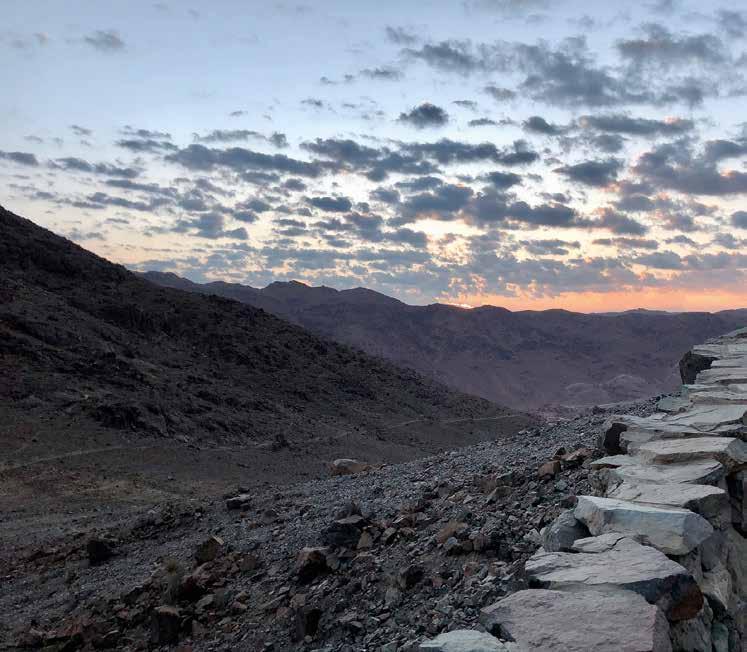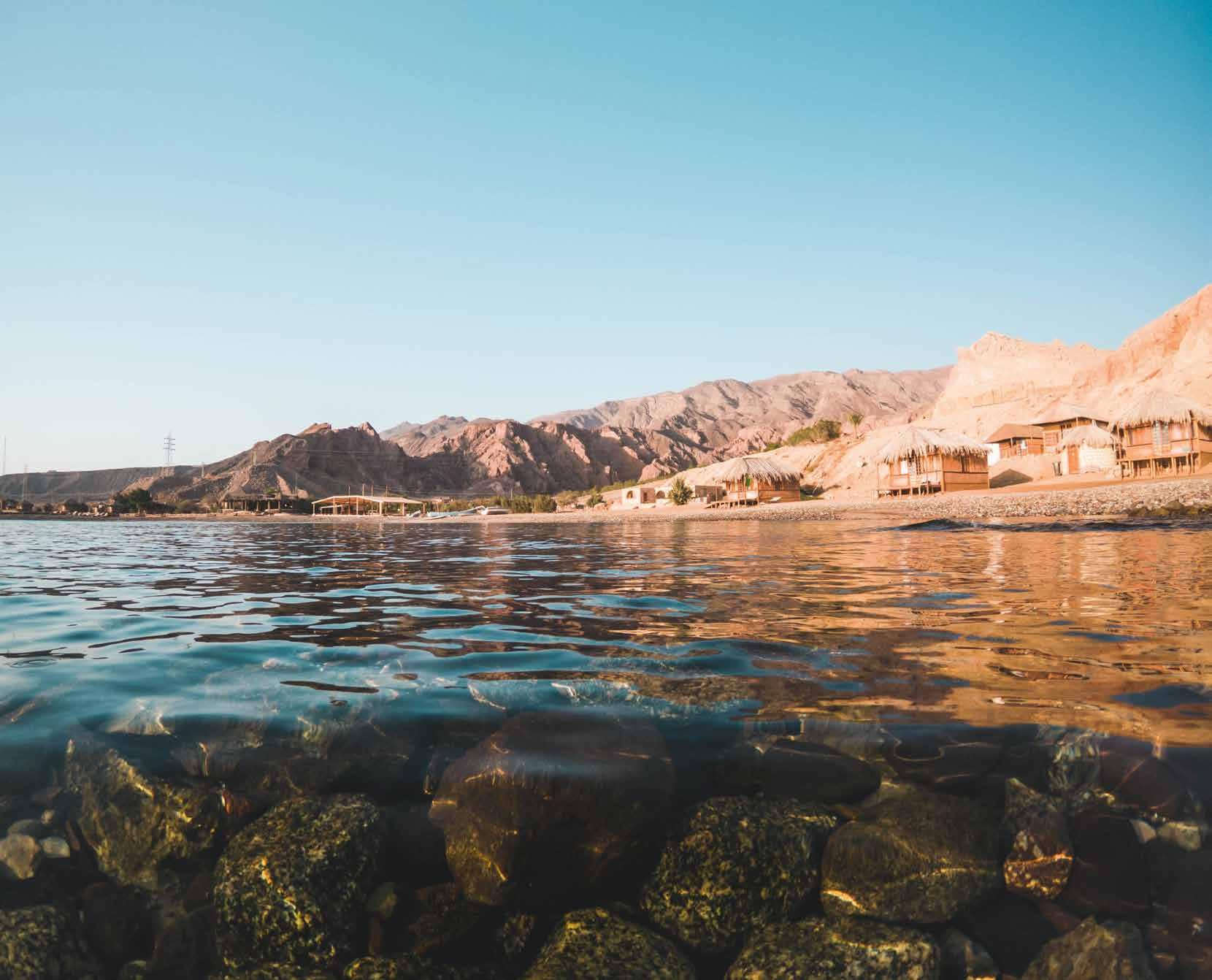
3 minute read
Engineering land, weather and a greener future
By Richard Forsyth
We have come to expect a rhythmic cycle of well used prophecies of doom and gloom from climate scientists. It is refreshing therefore, to hear a signal of hope from an ambitious Dutch company of eco-engineers called The Weather Makers, who are gaining attention for their pioneering work in countering desertification and degraded areas of nature, with the promise of rebalancing ecosystems and further to this, restoring industries and prosperity in the regions that have been impacted. Indeed, there is a link between environment and prosperity, security and peace, this is not just an exercise in climate change but also an exercise in creating sustainable economic revival.
The Weather Makers comprises a group of international engineers and scientists. They are working with data from physics, social economics, geology, microbiology, botany, morphology, hydrology, meteorology and human history and they are open to experts who wish to join their ranks. Their goal, put simply, is to regenerate and restore watersheds. Could they be key to putting the brakes on runaway climate change? And not through industry-centric ideas like switching energy sources and changing and reducing industrial processes, but from kickstarting nature back into a balanced cycle, restarting it where it has been dying and heating up the planet as a result.
Regreening the Sinai

Regreening is widely seen as an attractive strategy for combating climate change. In areas where desertification is spreading, where high temperatures and lack of rain are making infertile land expand in already desolate regions, innovative and radical thinking looks to transform drylands back into lush and green nature reserves.
Regreening is being championed in a number of largescale initiatives around the world. For example, Regreening Africa looks to restore eight countries across Saharan Africa to reverse land degradation across one million hectares. China is regreening on a massive scale, accounting for 25% of the global net increase in leaf area, replanting forests and croplands. India is set to restore 25 million hectares of degraded land by 2030. Regenerating nature and relying on restoration and conservation, for using land to increase carbon storage, is arguably the best and most attractive of solutions to our current climate crisis. Governments recognise more and more that land assumed dead, can be revived, and beyond the implications for saving our environment, opportunities for economies to benefit and flourish can be an attractive consequence.
On a surface level it sounds easy but there is more to regreening than planting trees. For nature to grow you need to make the land fertile again and kickstarting that fertility is the battle. What The
Weather Makers are doing is looking at a region as a whole and how its component parts can be connected together to become sustainable, to change the dynamics of its natural processes, to an extent that changes will influence new local weather patterns. It’s a very holistic approach, developing land along with ecosystems and climate. As they say: ‘A healthy climate is all about balanced ecosystems.’
Van der Hoeven, one of the founders of The Weather Makers, is moving forward with a project to regreen the Sinai peninsula, a triangle of land which connects Egypt to Asia, and the Egyptian government is onside. Working for a company called Deme, he was contacted in 2016 by the Egyptian representative from the company, who in turn had been approached by the Egyptian Government to see if it was possible to restore Lake Bardawil. A year later, Van der Hoeven and his colleagues created The Weather Makers, as the catalyst in the form of a company, to make it happen.
Van der Hoeven’s ardent belief in the project was matched by his enthusiasm. He told a group of influential people in the Egyptian government, military and academia: “If anybody doubts that the Sinai can be regreened, then you have to understand that landing on the moon was once thought unrealistic. They didn’t lay out a full, detailed roadmap when they started, but they had the vision. And step by step they made it happen.”
However, today The Weather Makers are indeed laying out defined steps in a plan to make their vision happen. In around twenty years, Van der Hoeven believes, with the work set out by The Weather Makers, they could transform the Sinai desert into a green landscape with rivers, fertile land for farming, and wilderness, which in turn would bring about new weather patterns, including increased precipitation.
If the group can regenerate life in the arid wastelands of the Sinai, they can arguably create a template to transform and regreen similar challenged environments. Van der Hoeven, like his colleagues, has sound credentials, he is a morphological engineer and has worked on some large projects like the artificial islands of Dubai. He developed relatively eco-friendly and cost-effective methods of dredging, using sensors to model maritime conditions in real time. He is reimagining how dredging, often perceived as a brutal industry for nature, could become used for opening up clogged arteries and basins in water systems, to stimulate life.
The team of thinkers have now set out a clear five step roadmap to regenerate nature in the Sinai.











